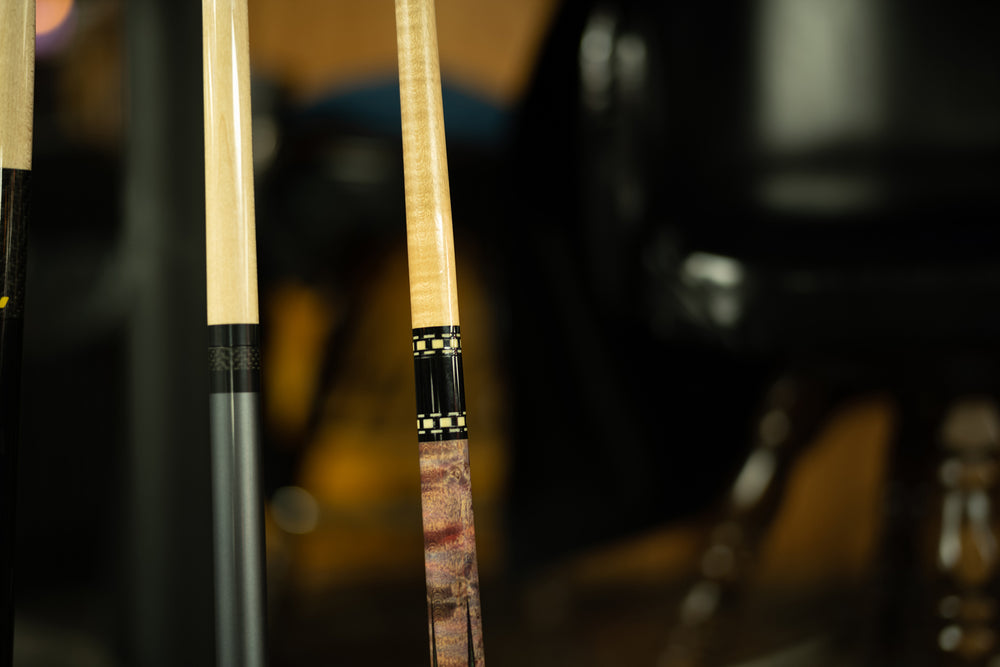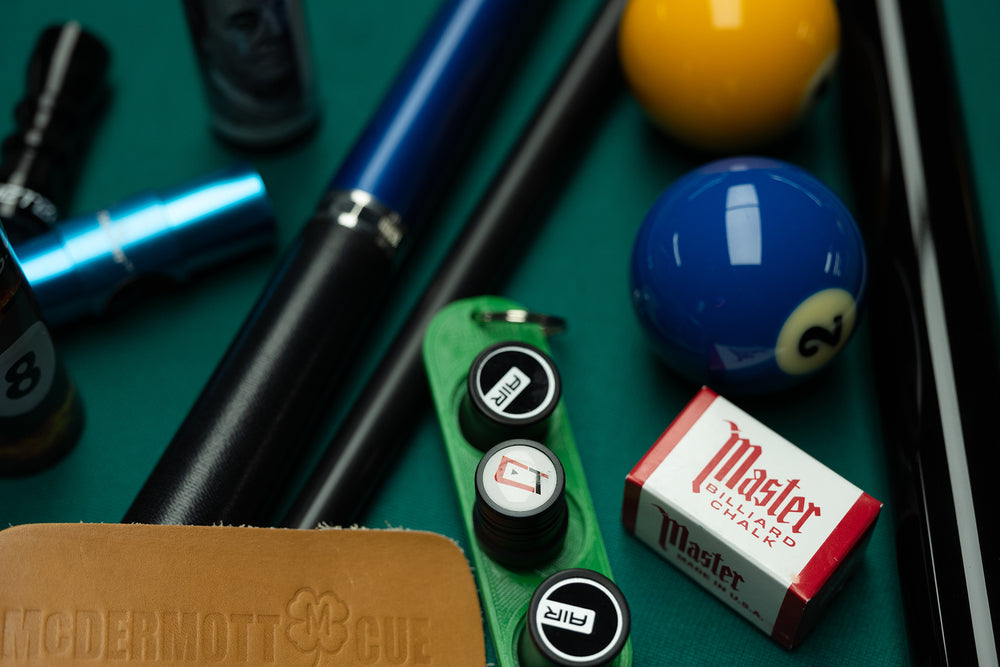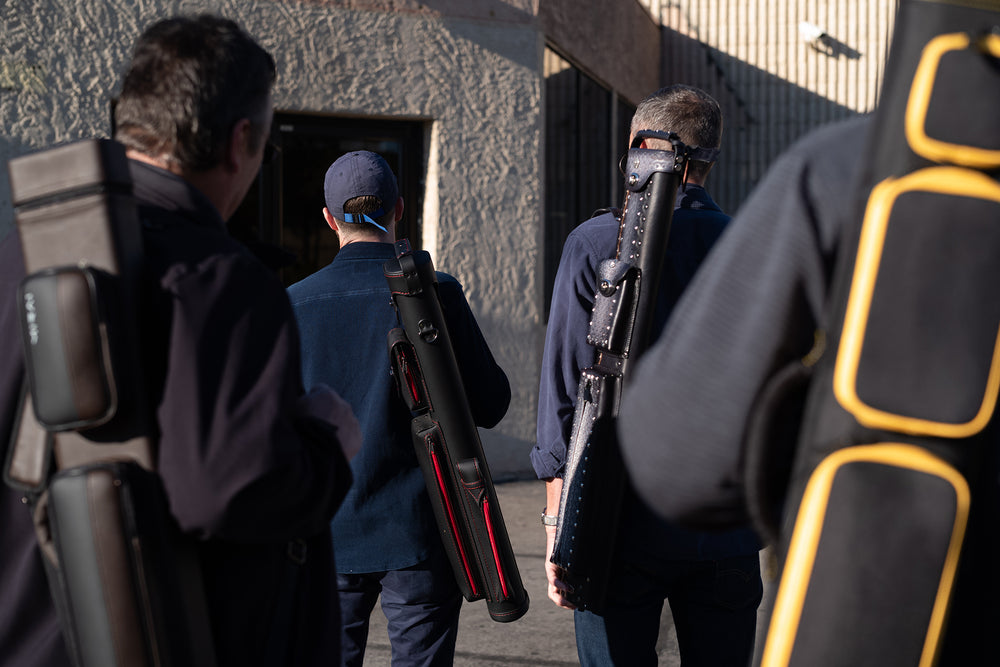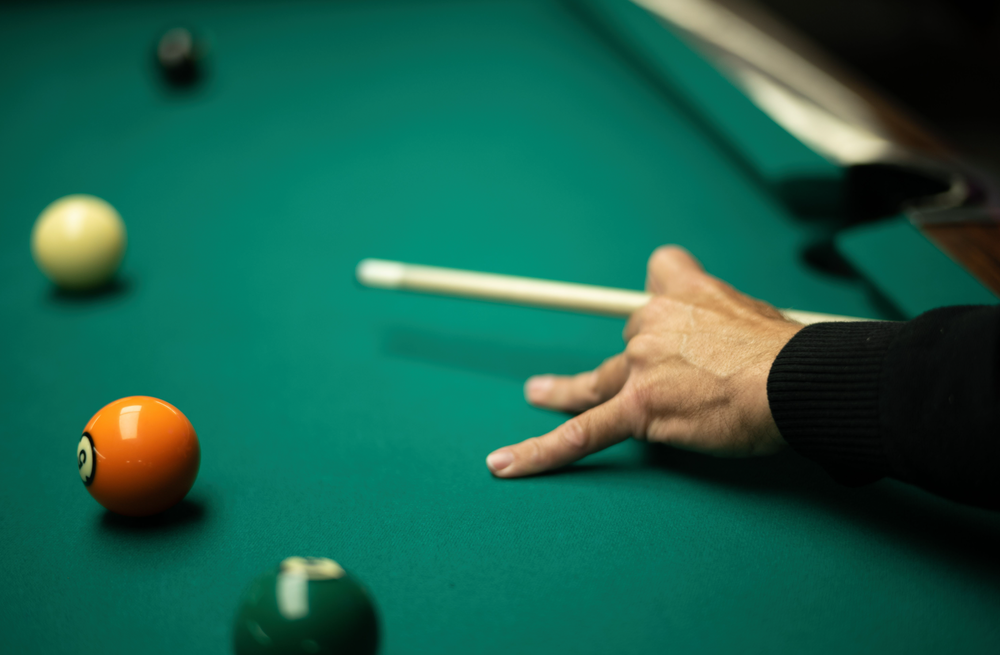
When to Change Your Pool Cue: Tips for Novices and Sharks
Table of Content
Flawed Cue = Flawed Shots: When to Change Your Pool Cue for Shot Consistency
Pool cues, especially high-quality ones, can last many years if properly stored and maintained. However, heavy use eventually takes a toll, resulting in issues like warping and tip damage. These issues can alter your stroke and affect your shot consistency.
This begs the question of when to change your pool cue. What signs should you look out for? And how do you know it’s time to transition from starter to pro-grade cues?
All of your burning questions will be addressed in this post, so stick around!
Key Highlights
- Signs like warping, dents/cracks, balance issues, and poor tip condition indicate it’s time for a new cue (or at least a new tip).
- As your fundamentals improve, consider upgrading to a cue that matches your skill level and specification.
- Proper storage and maintenance are key to keeping your cue in good shape for many years to come.
When to Replace Your Pool Cue: Signs of Wear and Damage
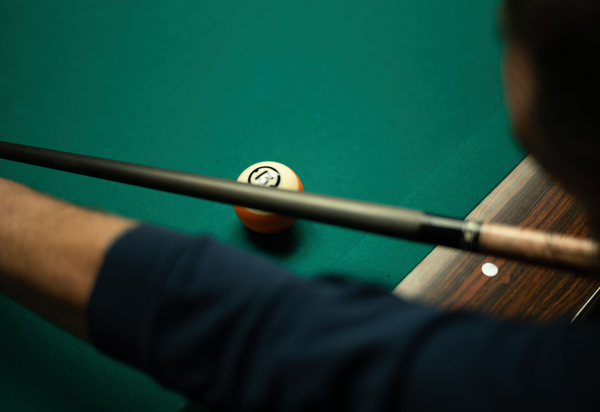
Shot inconsistency is extremely frustrating. You step up, go through your pre-shot routine, and deliver what feels like a good stroke. Yet, for some odd reason, the cue ball decides to go wayward!
Before you start questioning your skills, you may want to take a closer look at your pool cue’s condition. If you notice any of the following signs, it’s time to lay your old cue to rest and get a new one.
Warping and Twisting
Playing with a warped shaft is like shooting with a crooked arrow. Even if your fundamentals are solid, a warped or twisted cue can deflect off-line and ruin your shot.
It can also ingrain compensations that will be challenging to correct after you upgrade.
If you suspect your pool cue is warped/twisted but aren’t exactly sure, here’s how you can check cue straightness:
- Place the pool cue onto a flat surface, like a billiard table.
- Start rolling the stick across the flat surface while observing the end tip.
- The more the end tip wobbles, the more the cue is warped or twisted.
Note: Wood warping happens due to improper storage and humidity changes. Composite and fiberglass cues aren’t as susceptible to warping, but they still require good care.
Cue Tip Wear
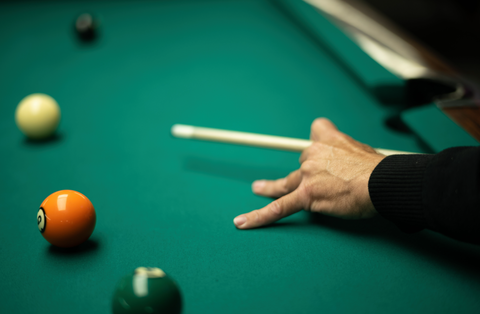
With heavy use, your cue’s tip is bound to mushroom and flatten. Since misshapen and cracked pool cue tips have less contact area and struggle to hold chalk, they can reduce your control and accuracy as well as your ability to impart spin.
A high-quality pool cue tip should keep a nicely rounded dome shape for at least a year with average use. You can rotate your cue during shots and scuff/shape the tip as needed to get the most out of it, but this will only take you so far.
The moment you notice excessive mushrooming or flattening, or if the pool cue tip is worn down to about the thickness of a dime, means that it’s replacement time. Good news though; you don’t have to replace the whole cue; you can just replace the tip.
And you can find all the tip replacement tools you need here.
Shaft and Joint Damage
From forceful break shots to jump shots that involve driving the cue firmly into the ball, cue sports involve a lot of repeated impact. This repeated impact can take a toll on cue shafts and joints, which in turn affects your play.
For instance, dents and deformations in a cue shaft disrupt its smooth, continuous surface. As you deliver your stroke, the dented section “catches” more friction against your hand. This reduces follow-through and twists the shaft slightly off-axis.
On that account, you should take the time to examine your cue for possible cracks around threaded joints, dents along the shaft, and worn-out butt caps.
Cosmetic scratches are completely normal, but structural damage that prevents the cue from transferring your stroke’s energy to the ball cleanly must be addressed.
Cue Imbalance
A quality pool cue is designed to be perfectly balanced (i.e., the weight is distributed evenly across the cue, which ensures smooth, pendulum-like strokes). However, over time, temperature and humidity fluctuations can alter a cue’s weight distribution.
This translates to noticeable heaviness on either the front or the back that forces you to overcompensate, which can strain your bridge hand and reduce consistency.
Generally, if your cue is properly balanced, you’ll feel inclined to grip it further back, thereby allowing less room for side sway. This naturally positions your elbow at the proper angle for a level follow-through.
If you feel like your cue isn’t well-balanced—and we do mean “feel”, since cue balance is often subjective— consider getting a new cue that you’re more comfortable with.
Summary: Damage and wear issues like warping and dents make it hard to deliver accurate shots, indicating the need for a replacement.
When to Upgrade as an Intermediate/Advanced Player
For intermediate and advanced players, getting a new cue isn’t always prompted by damage and wear issues. It can also be prompted by a need to upgrade to a cue that better fits one’s skills and specifications.
Here are a few scenarios in which we’d recommend an upgrade:
- When your current cue isn’t providing as much power or control as you’d like to have for difficult shots.
- When you’d like to move to a pool cue that has a customizable weight, balance, tip, etc.
- When you start competing regularly and want a high-end cue with features like a low-deflection shaft.
- When you reach a plateau and want a better cue that can help you get to the next level.
- When you simply want a more aesthetically appealing cue—exotic wood, unique inlays, etc.
Summary: Whether intermediate or shark, upgrading to a pro-grade cue that matches your specifications and style of play is crucial for your consistency and development.
Best Practices for Maximizing Your Cue’s Lifespan
Some cue damage and wear issues are a result of improper care. So how do you take care of your pool cue stick in a way to help you avoid such issues?
Here are a few tips:
- Avoid Excessive Moisture: Wood can warp when exposed to extreme humidity/temperature changes, so you shouldn’t leave your pool cue sticks in a hot car or a cold garage. Besides, humidity can make your cue feel sticky, causing a lot of friction.
- Routine Maintenance: Visit the cue repair guy every now and then for inspection and minor upkeep. This is especially important if you have an expensive high-end cue.
Summary: Many wear and damage issues can be avoided with proper maintenance and storage. Take good care of your cue and you may not need to replace it for years.
Cue Condition Matters
Knowing when it’s time to replace your cue is important for keeping your game sharp. If you notice cracks, warps, or dents, it’s time for a new cue.
For a tip that’s too rounded, you can replace the tip or get a new cue altogether. The latter option would make more sense if you’re an intermediate/advanced player still using a starter cue and looking to upgrade.
While a well-maintained cue can last for many years, periodically assessing your cue’s condition allows you to spot potential issues before they interfere with your play.
And when the time is right, investing in a quality replacement/upgrade will pay off with improved power, spin, and overall shot consistency.
